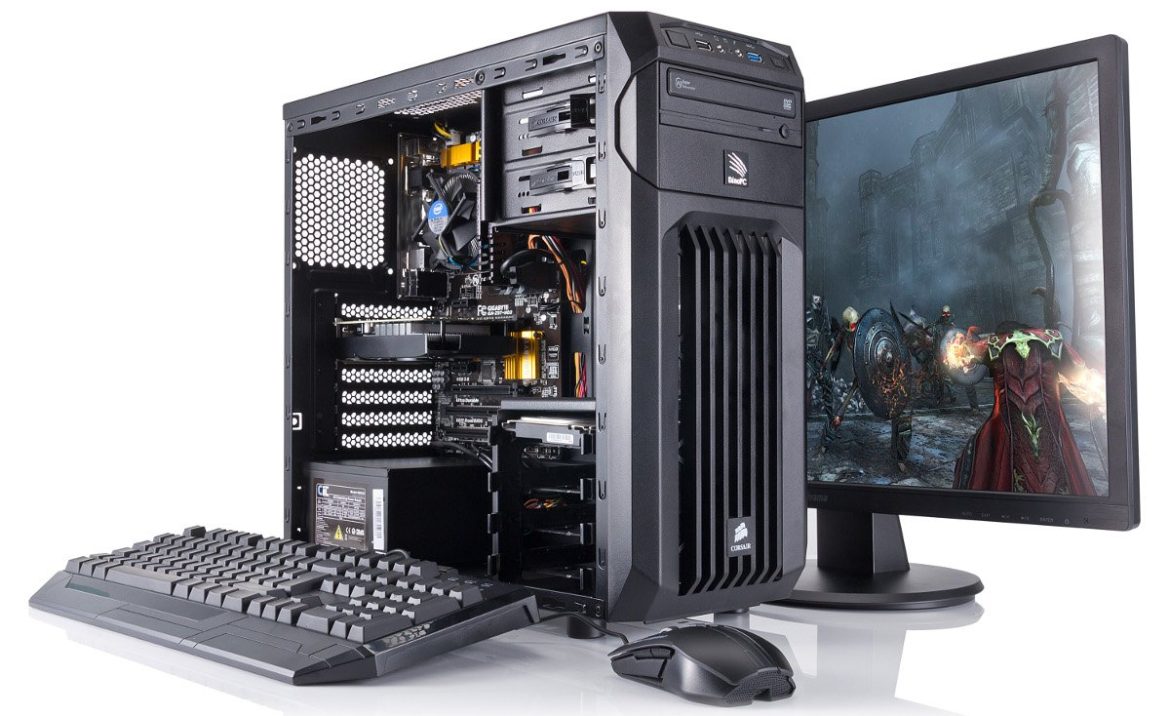Numerous technologies call for some form of 3D rendering. You might want to make an architectural plan and show it to people who might buy your house. You might want to try out your VR headset by having your computer show you a 360-degree scene right away. Perhaps you merely desire a better gaming experience.
In any event, you must meet a number of hardware requirements before you can render successfully, regardless of your ambitions or the program you’re using.
Important PC Components
While the specific requirements for any 3D rendering application will vary, there are some universal elements that must be taken into account.
Your processor’s CPU
Simply put, your computer’s brain is the central processing unit (CPU). The instructions in computer programs are carried out by the central processing unit (CPU) of a computer. The central processing unit (CPU) is the brains of the computer and is responsible for the majority of the processing speed under particular situations and while using specific software. You’ll want something decently strong, but it’s not the most crucial part of your system, and you can get away with a subpar CPU as long as the rest of your hardware is top-notch for 3D rendering. Although a 4.0 GHz foundation is ideal, there are situations in which a lower frequency may suffice.
Graphics Processing Unit.
As its name suggests, a graphics processing unit (GPU) works in the same way as a central processing unit (CPU) to do its job. GPUs are different since they are designed to handle graphical processing and intensive computations. As a general rule, CPUs are better suited to handle a wide variety of activities, while GPUs excel at performing a small number of tasks extremely quickly. One of your top concerns should be getting a good graphics processing unit (GPU) for 3D rendering. A graphics card is essential to your success in the game. Graphics cards can be judged in a number of ways, but the NVIDIA GTX series is often considered to be among the best. Many tasks just require a graphics card at or above the NVIDIA GTX 1060 (or its equivalent from another manufacturer).
Computer Memory That Uses Random-Access Memory Chips.
Give your 3D renders some RAM, especially if you want to render complex buildings. Again, your needs will depend on your application. Although 8 GB of RAM is sufficient for some 3D rendering tasks, 32 GB is recommended for optimal performance, and a MHz rate as high as feasible is strongly encouraged (ideally not less than 2.2). RAM (random access memory) is the computer’s “short-term memory.” It stores data for the render and is crucial for 360-degree and/or virtual reality (VR) applications.
RAM On A Graphics Card.
Your graphics card’s RAM is also something you should check. The recommended minimum for a graphics card is 6 GB of RAM.
You should also try different things to see what works best to speed up your computer. Many people may increase their computer’s speed by deleting unneeded files, cutting down on the number of programs they have open at once, and performing routine malware scans (and subsequently uninstalling any discovered).
To Perform Various Tests for Various Applications
The majority of programs, games, and platforms will give you a chance to test your computer to check whether it meets their minimum requirements. When you try to install software on your computer, it may check to see if it meets the requirements. You may also notice indicators for the “minimum” specifications and the “optimal” or “recommended” specifications; as the labels imply, the application will not operate at all with below-minimum specifications, but you should aim for the “optimal” specifications for the best experience.
What Happens If I Fall Short of the Requirements?
Don’t worry—your computer won’t blow up if you try to use 3D rendering software without satisfying the minimum requirements for that software. There is a risk that your computer will crash if it repeatedly freezes or operates very slowly. Alternatively, you may experience a few common performance issues, such as stuttering or erratic frame rates, or graphics that lack the level of quality they should.
Adding a few upgrades to your computer can usually make it work better with 3D rendering software. Modifications include, but are not limited to, upgrading the RAM and/or the graphics card. Other times, a fresh install may be the best option, such as when your present computer is quite outdated or you’re lacking multiple program prerequisites.

